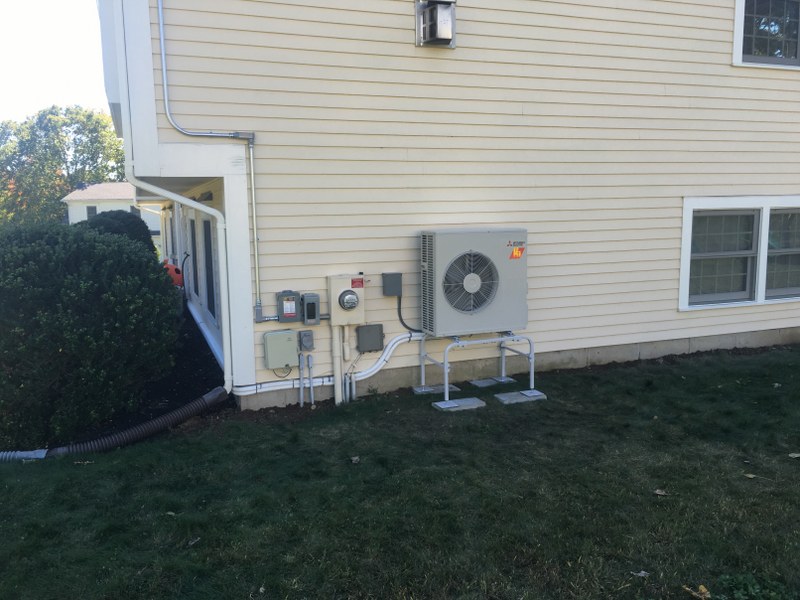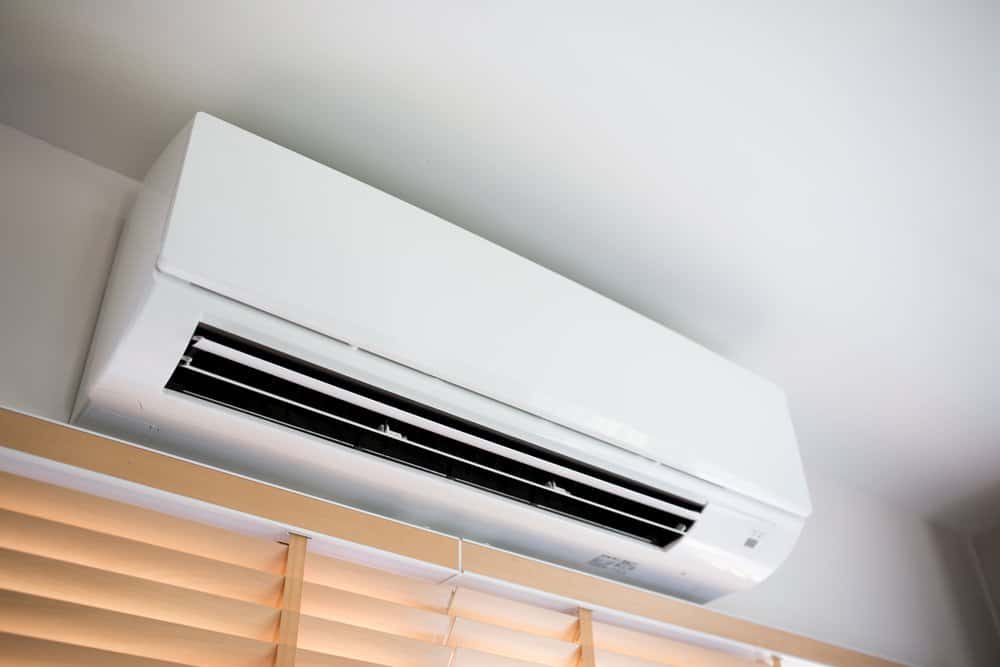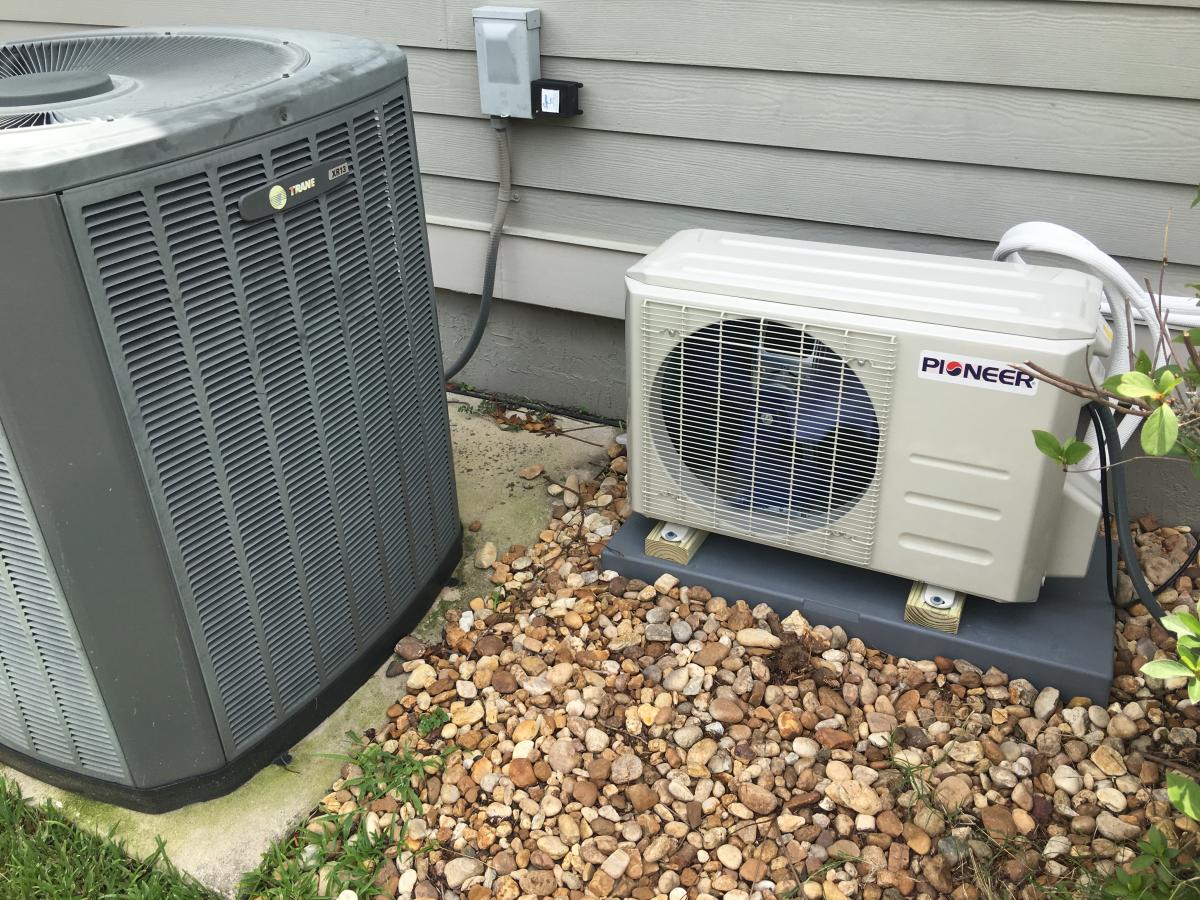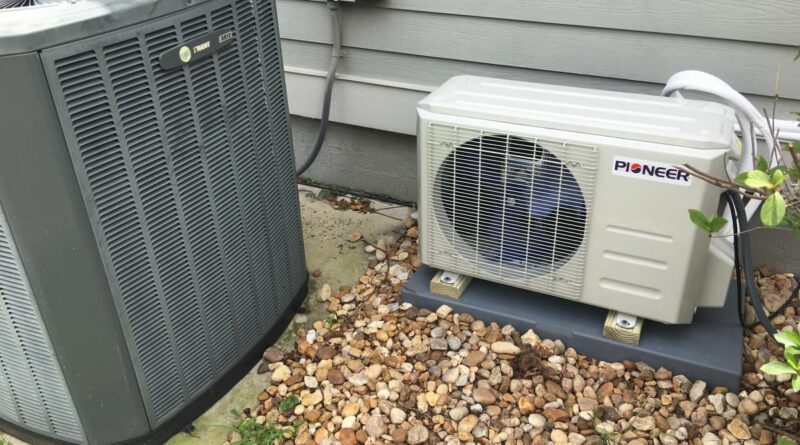If you’re in the market for an efficient, cost-effective heating and cooling solution for your home, consider taking a closer look at ductless mini splits.
This innovative HVAC technology offers superior comfort control compared to traditional systems as well as numerous benefits that can help reduce energy costs over time – but before you start shopping around, there’s one key question to ask: How many mini splits do I need?
In this blog post we’ll explore what you need to know about determining the right number of units needed to fully heat and cool your home.
You can also check this article to learn about how ductless mini splits function.
What is a mini split system and how does it work?

source: pinterest.com
A mini split system is a type of HVAC equipment that is used in areas where traditional, ducted systems can’t be installed. It typically consists of an outdoor compressor/condenser and one or more indoor air handling units.
The outdoor unit compresses the refrigerant, then the indoor unit distributes it to each room through a set of individual connections and small pipes using air distribution systems such as fan coils, blunt-tipped mini ducts, and cassettes.
This type of ductless system ensures efficient energy usage and creates zones for temperature control throughout the home without transferring cold or hot air from one area to another. Additionally, the pipes are relatively easy to install, making mini splits perfect for adding climate control to areas like sunrooms, attics, and workshops.
A mini split system offers a much less invasive and potentially cheaper alternative to traditional duct-based HVAC systems, but it’s important to also consider that each area that needs air conditioning will require an individual unit. This means that depending on the scale of HVAC service you are looking for, you will require a proportionate amount of mini split units.
How many mini splits do you need for your home or business?

source: pinterest.com
The best way to determine how many mini splits you need for your home or business is to consider the area’s size and climate. In areas of extreme temperatures, a higher SEER2 (Seasonal Energy Efficiency Ratio) rating is essential for efficient heating or cooling comfort.
Additionally, the space within the building should be taken into account; if there are multiple rooms needed to be heated or cooled then a minimum number of mini splits will be needed. Lastly, thinking about what type of environment needs temperature control can determine whether a specific area in the house needs its own unit, such as an attic or basement.
Every situation is different and requires careful analysis in order to implement the perfect set up for your home.
What to consider when choosing a mini split system
When deciding on what mini split system to purchase, there are several factors you should take into account. Size is one of the main considerations: you want to make sure that the unit is the right size for your room or space, since an improperly sized system can lead to higher energy costs and less efficiency.
You should also think about your budget and what features you would like. More expensive models with additional functions will help you optimize your energy usage and provide greater comfort. To prevent unwanted noise, consider a model with inverter technology as it is quieter than traditional systems.
Lastly, pay attention to warranties and potential services such as maintenance plans. This will give you peace of mind for many years ahead in knowing that your mini split system is working properly and efficiently.
New mini split system cost and benefits of installing one in your home or office building

source: pinterest.com
The cost of a new mini split system will vary depending on the size and type of system you choose, as well as the installation costs. Generally, expect to pay between $2,000 and $6,000 for a complete mini split system (including all components). The good news is that the cost of a mini split system is typically much less than a traditional central air conditioning system, and the installation is often simpler and faster.
The benefits of installing a mini split system include improved comfort levels, energy efficiency, flexible zoning options, and overall convenience. By utilizing individual zones in your home or office building, you can control the temperature for each room separately.
This ensures that everyone is comfortable, while also allowing you to more effectively manage energy costs. Additionally, mini split systems are often much quieter than traditional central air conditioning systems thanks to their compact design and whisper-like operation. Lastly, mini split systems can often be installed without needing extensive remodeling or construction work like a typical HVAC system would require.
This flexibility makes mini split systems a great choice for both residential and commercial spaces.
Conclusion
The cost of a new mini split system can be an investment that pays off in terms of comfort, convenience, and energy savings in the long run. Installing a mini split system is often much more affordable than other traditional air conditioning options with similar benefits. Ultimately, the decision to install a mini split system is up to you and depends on your budget and needs.
If you’re considering installing a mini split system in your home or office building, it’s important to consult with an experienced HVAC technician who can help determine which type of system is best for you. They can provide additional information on cost and installation, as well as answer any questions you may have about the benefits of a mini split system.




